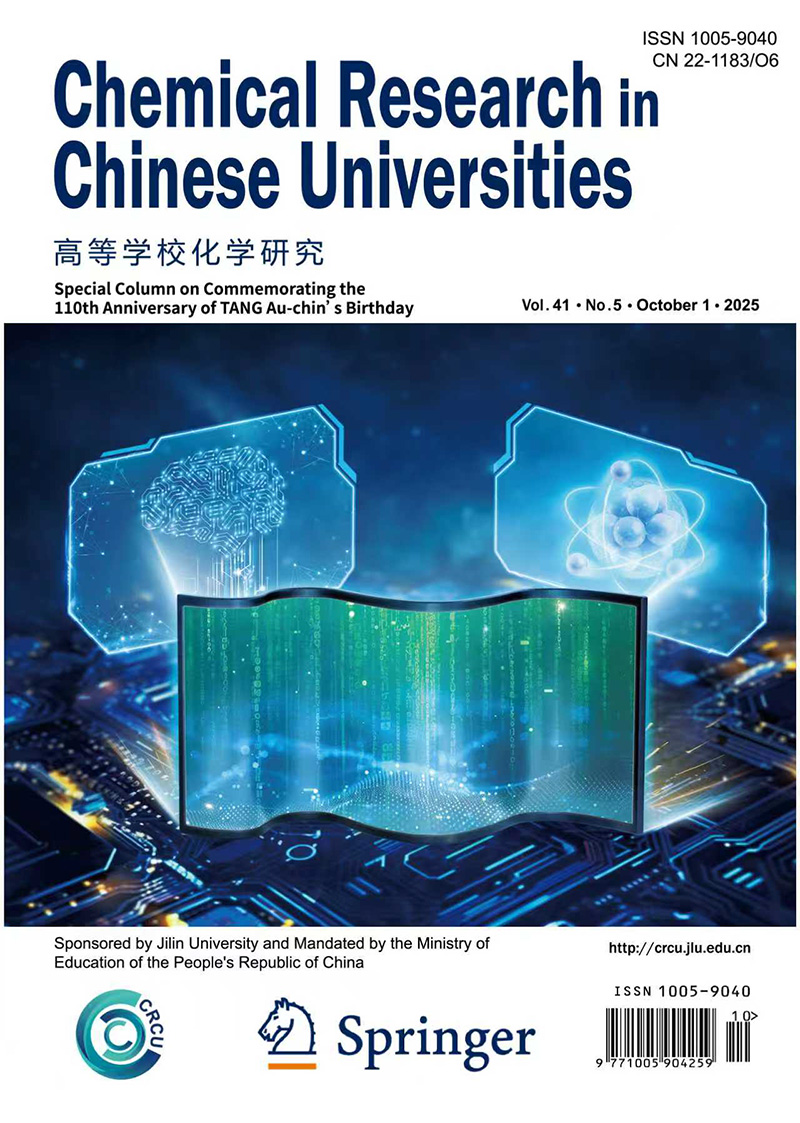Elevated Atmospheric CO2 Reduced Antibiotics Accumulation in Rice Grains and Soil ARGs Abundance in Multiple Antibiotics-contaminated Paddy Fields
WANG Yabo, XU Meiling, WANG Xiaojie, AI Fuxun, DU Wenchao, YIN Ying, JI Rong, GUO Hongyan
2023, 39(3):
455-464.
doi:10.1007/s40242-023-3043-z
 Abstract
(
)
References |
Related Articles |
Metrics
Abstract
(
)
References |
Related Articles |
Metrics
Antibiotic resistance genes(ARGs) as new pollutants have become a global environmental pollution problem in recent years. Elevated atmospheric CO2 is one of the major factors affecting global climate change. But, the impacts of elevated CO2 on soil ARGs in multiple antibiotics-contaminated paddy soils are largely unknown. In this study, six antibiotics including sulfadiazine (SDZ), sulfamethoxazole(SMZ), tetracycline(TC), oxytetracycline (OTC), enrofloxacin(ENR), and ciprofloxacin(CIP) were selected to investigate their combined effects on rice biomass, antibiotics accumulation, soil bacterial community and ARGs under elevated CO2 levels. Results showed that elevated CO2 significantly reduced the accumulation of SMZ, OTC, ENR, and CIP in rice grains by 18.98%, 20.07%, 41.73%, and 44.25%, respectively. Elevated CO2 could affect soil microbial β-diversity, and tend to reduce the microbial functions of human diseases, organismal systems, and genetic information processing. In addition, elevated CO2 significantly decreased the abundance of sulfonamide ARGs, tetracycline ARGs, and quinolone ARGs by 19.59%, 18.58%, and 28.96%, respectively, while increased that of multidrug ARGs by 11.54%. Overall, this study emphasized that elevated CO2 may mitigate the threat of antibiotics contamination to rice food security but aggravate the environmental risk of multidrug ARGs in soil, contributing to a better understanding of the consequences of elevated CO2 levels on food security and soil ecological health in multiple antibiotics-contaminated paddy fields.

